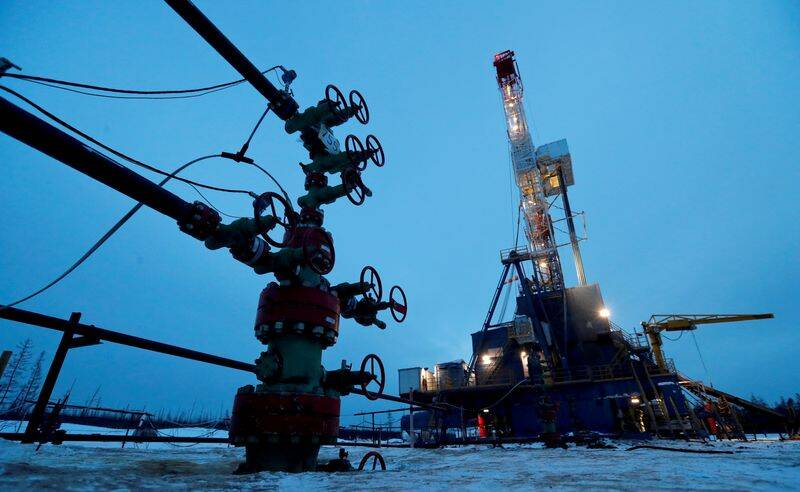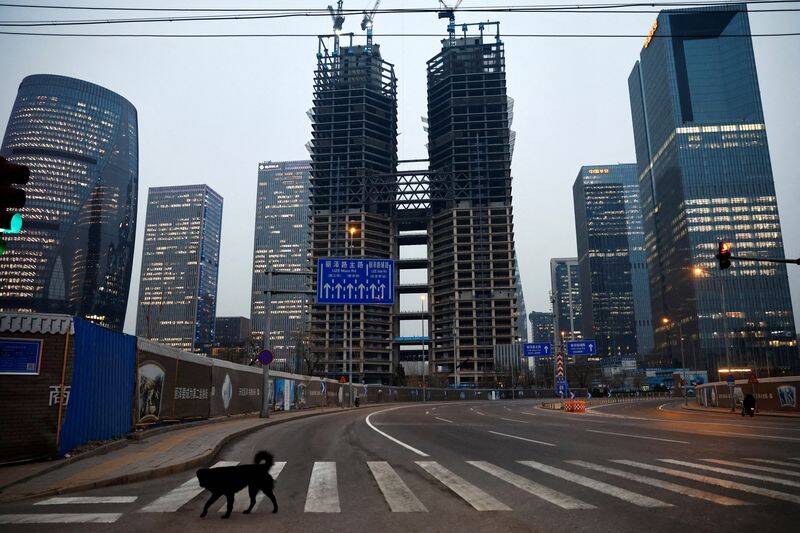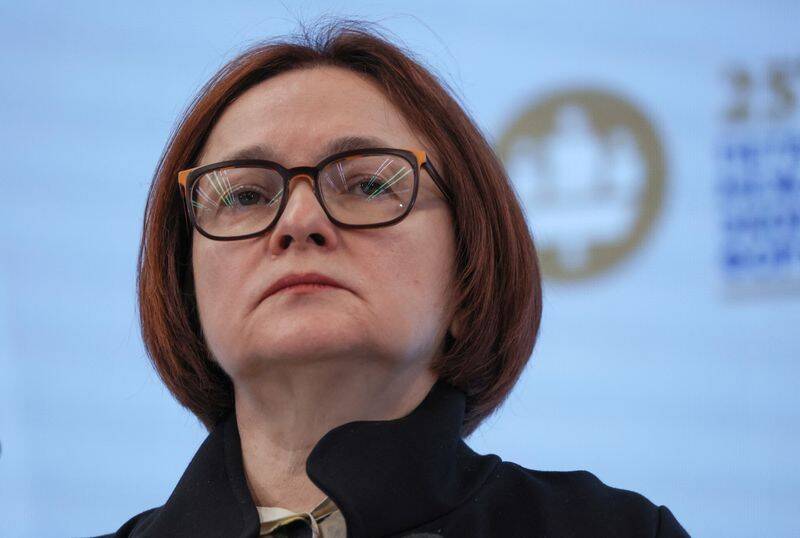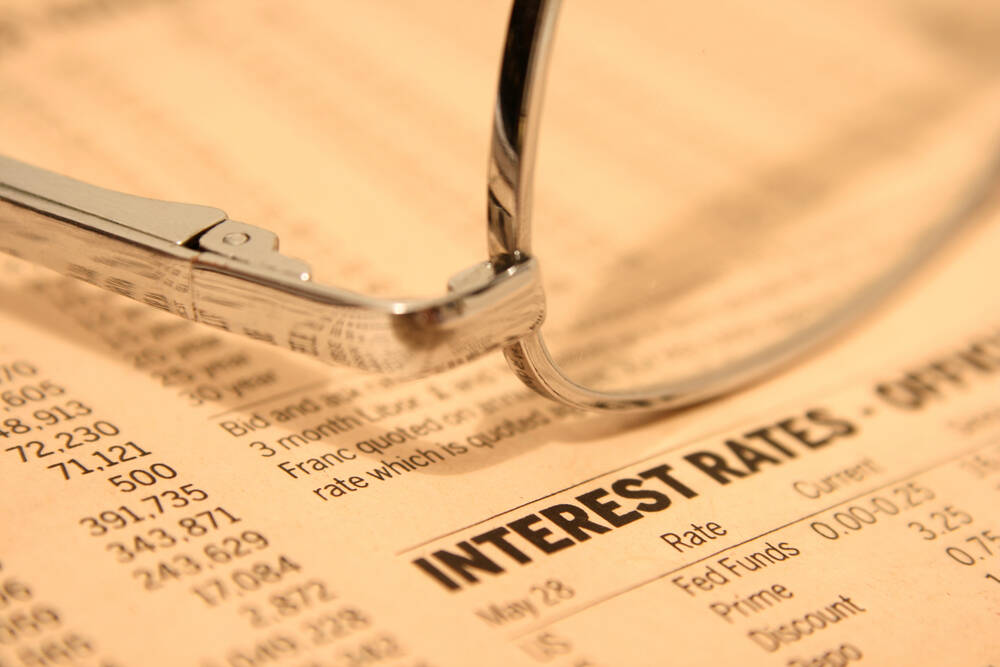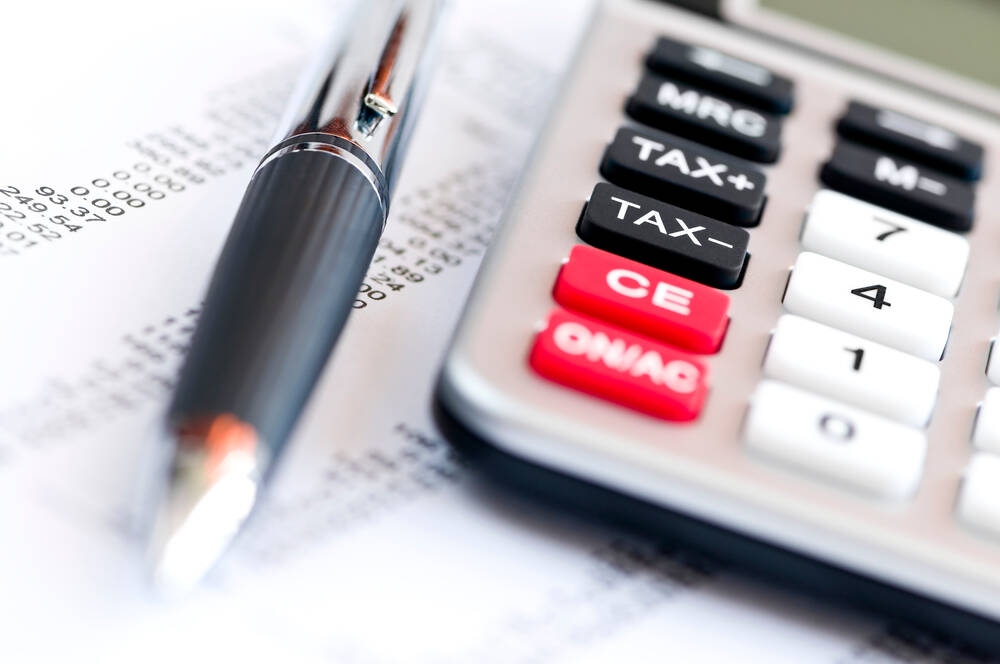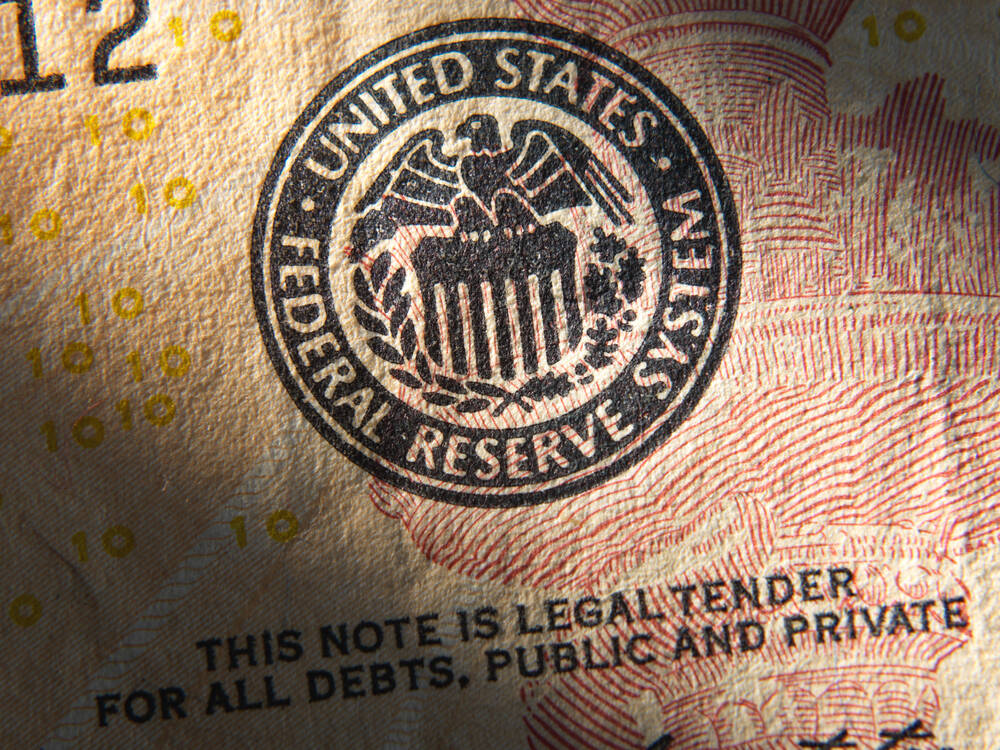Advertisement
Advertisement
Search Indicator:
Choose Country 
Brazil GDP Growth Rate
Last Release
Dec 31, 2022
Actual
-0.2
Units In
%
Previous
0.4
Frequency
Quarterly
Next Release
May 30, 2025
Time to Release
2 Months 20 Days 5 Hours
Highest | Lowest | Average | Date Range | Source |
7.8 Sep 2020 | -8.9 Jun 2020 | 0.54 % | 1996-2022 | N/A |
Brazil is the tenth largest economy in the world and the biggest in Latin America. The services sector is the most important and accounts for 63 percent to total GDP. The biggest segments within services are: government, defense, education and health (15 percent of total GDP); other services (15 percent); wholesale and retail trade (11 percent); real estate (8 percent); and financial services (7 percent). Also, industry contributes to 18 percent of GDP, with manufacturing (11 percent) and construction (4 percent) accounting for the largest share. The agriculture and livestock sector accounts for 5 percent of GDP. On the expenditure side, household consumption is the main component of GDP and accounts for 63 percent of its total use, followed by government expenditure (20 percent) and gross fixed capital formation (16 percent). Exports of goods and services account for 13 percent of GDP while imports account for 12 percent, adding 1 percent of total GDP.
Latest Updates
The Brazilian economy grew by 0.2% quarter-on-quarter in the final three months of 2024, following a downwardly revised 0.7% expansion in the previous quarter and falling short of market expectations of 0.5%. Industrial output rose by 0.3% (vs 1.0% in Q3), driven by gains in construction (2.5%), manufacturing (0.8%), and mining (0.7%), while services saw a modest increase of 0.1% (vs 0.7% in Q3), with transportation, storage (0.4%), and trade (0.3%) contributing the most. On the demand side, increases in fixed investment (0.4% vs 2.3%) and government spending (0.6% vs 0.8%) helped offset a sharp decline in household consumption (-1.0% vs 1.3%). Net trade provided a negative contribution to GDP, with exports dropping by 1.3% and imports falling by 0.1%.
Brazil GDP Growth Rate History
Last 12 readings

